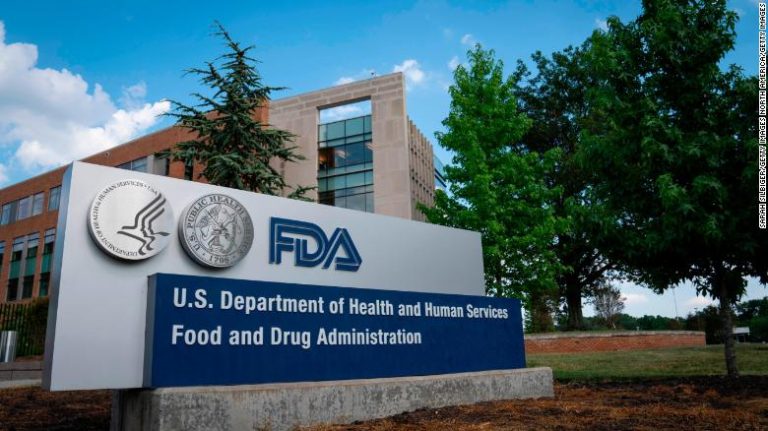
Earlier this month, the U.S. Food and Drug Administration (FDA) approved the marketing of tobacco-flavored e-cigarettes manufactured by Vuse. This authorization marks the first legalization of e-cigarettes in the United States, following years of lobbying by harm reduction groups and pushback from those worried about the continuation of Big Tobacco’s legacy.
The approval also comes on the tail of a Johns Hopkins study finding “thousands of unknown chemicals” in e-cigarettes from four different companies, including Vuse. The substances include caffeine and industrial chemicals, none of which were reported by manufacturers to users or the general public.
Despite this, Vuse was approved, a decision made based on “manufacturer data,” as stated by the FDA. Essentially, outside research was not considered or, at the very least, considered at a lower level than the data coming from the company itself. In such circumstances, we must recognize the possible unreliability of data given about a product that a company is interested in distributing more widely.
Organizations such as the American Vaping Association are in strong support of this move by the FDA. They argue that this is an important move in the direction of vaping being viewed as a respectable tool for harm reduction by both the general public and health industries, including insurance companies. The FDA did choose to only approve tobacco-flavored e-cigarettes, and leave the flavors typically viewed as marketing towards young people (such as fruit or candy flavors) out in the cold. The problem with this narrative is that “claims that e-cigarettes are a harm reduction tool remain unproven.” Harm reduction is an incredibly important avenue for minimizing negative effects on people struggling with drug addiction, as well as any people who use drugs; the tools at its disposal must be proven to actually do so.
Nevertheless, the FDA, as well as Vuse, have also argued that the potential risk of young people who have never smoked before becoming addicted is outweighed by the health benefits awarded to cigarette smokers who transition to vaping. This is despite the United States surgeon general “report[ing] that e-cigarette use among high school students increased 900 percent between 2011 and 2015,” and despite the fact that “Vuse is the second-most popular e-cigarette brand among high school students who vape,” according to the 2021 National Youth Tobacco Survey.
Though Johns Hopkins found in a recent study that e-cigarettes have negative effects on the hearts and lungs of users, and are just as addictive as cigarettes, the FDA has moved forward on the path of harm reduction. Vuse itself only recently made the move from a tobacco company to a “tobacco harm reduction company,” a move that was essential to FDA approval.
Harm reduction is a worthy cause; it’s a cause in need of greater support, and significantly more resources. Nevertheless, this action by the FDA is not the beginning of that in the field of nicotine. Rather, harm reduction is being used as a ploy to continue to indoctrinate another generation of smokers, whether intentional or not. Big Tobacco is not extinct; it never was. Rather, it is being reshaped. Instead of preying on the general public, it is preying on our youth. Before — if — vaping can be adopted as an acceptable form of harm reduction, the FDA can no longer continue to sweep those effects under its rug.


